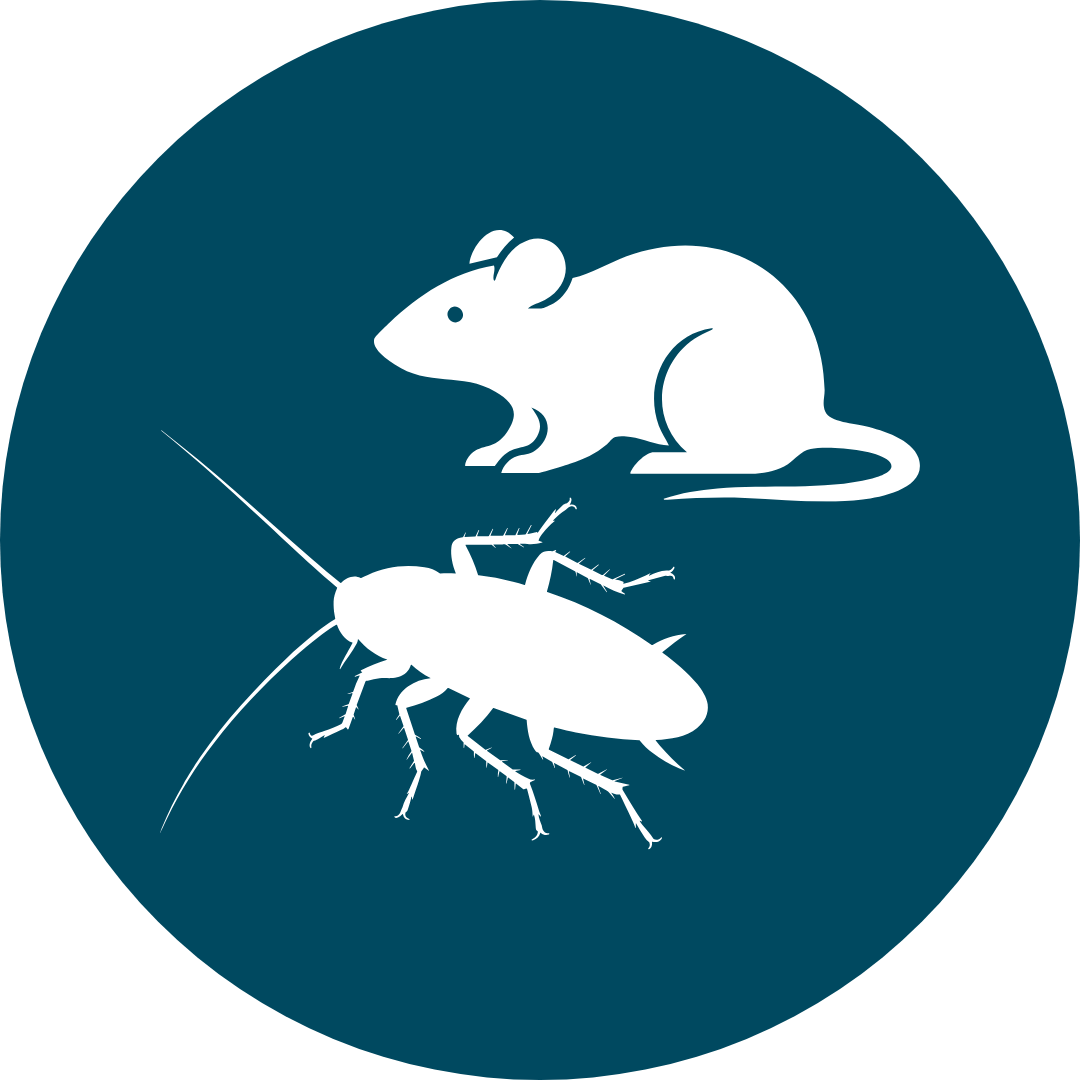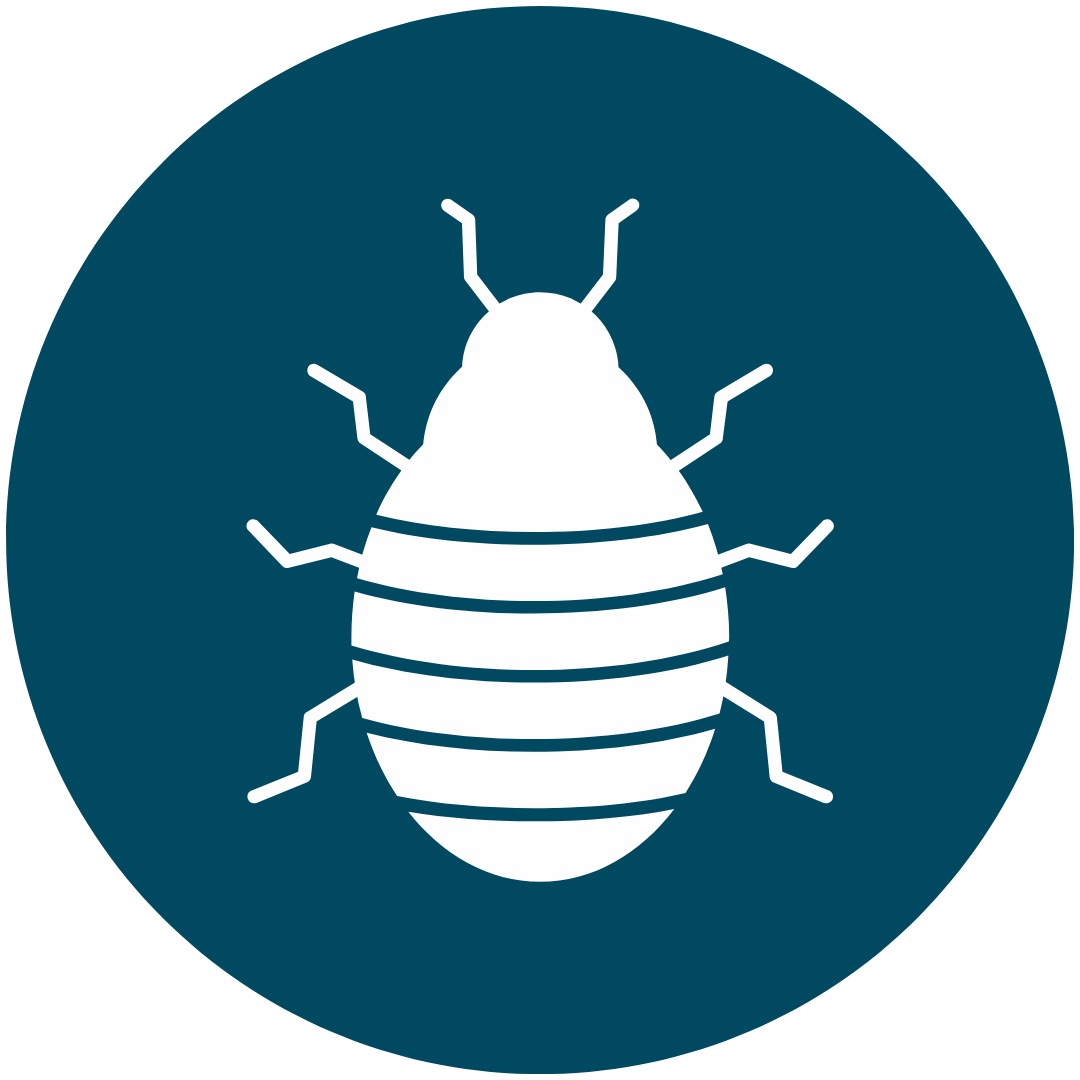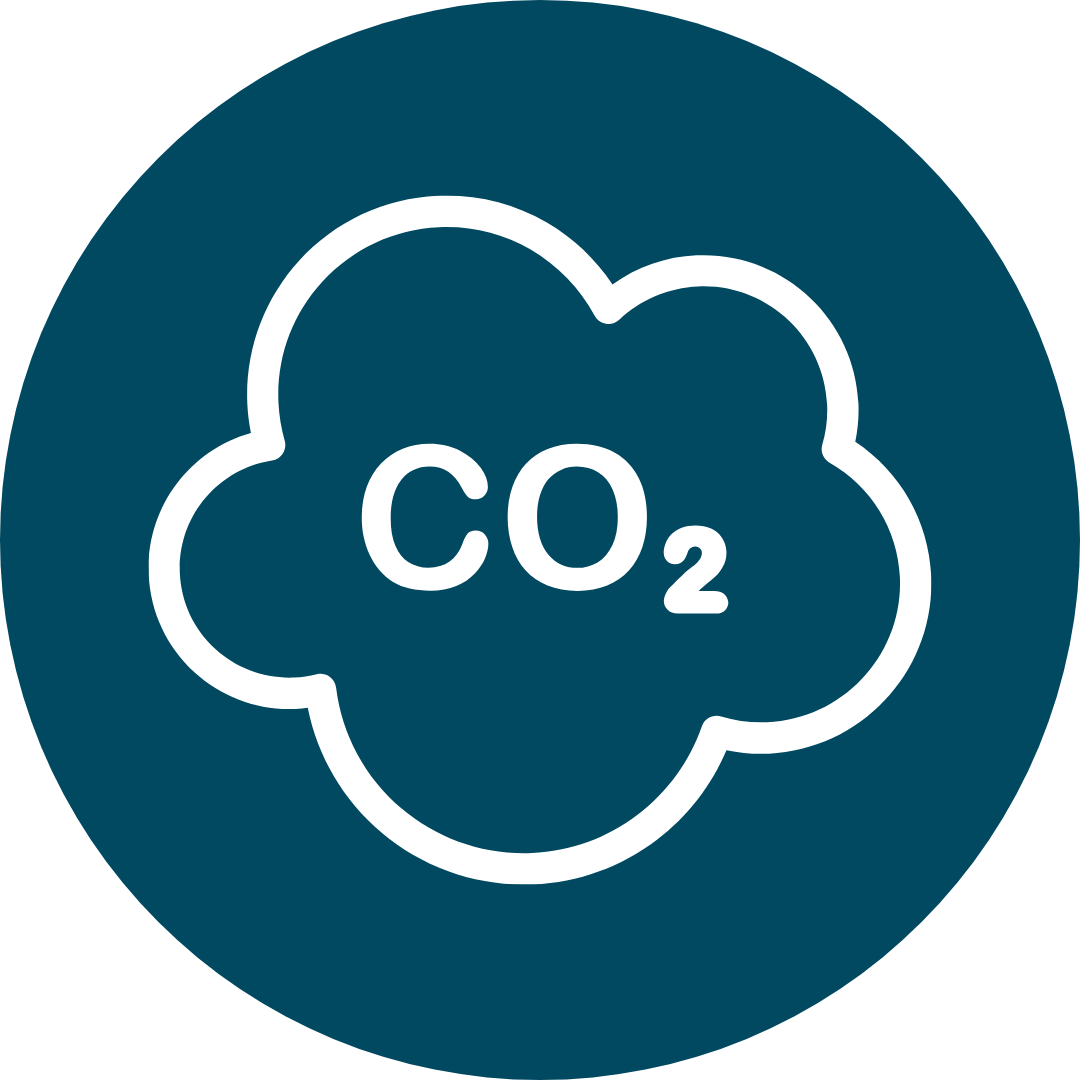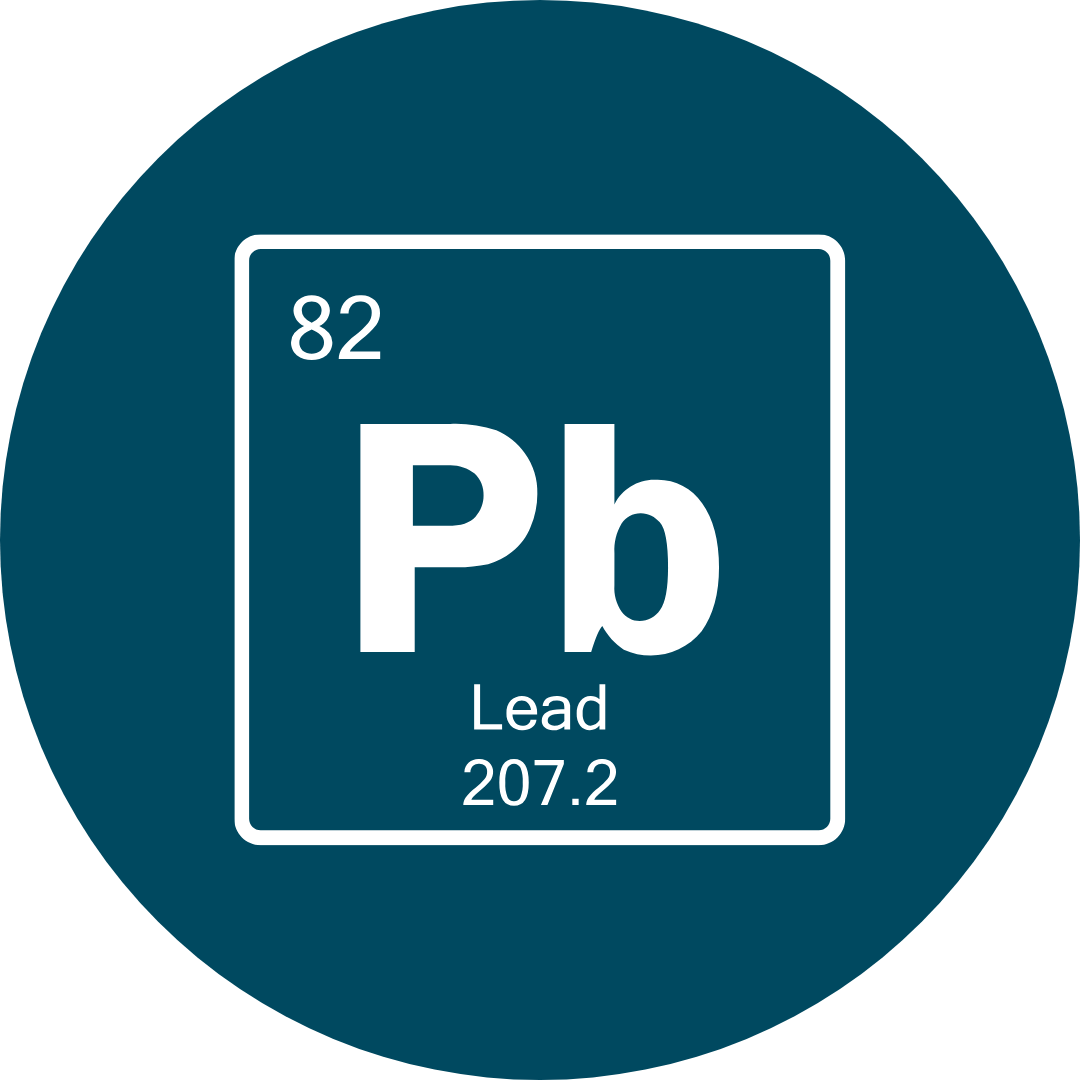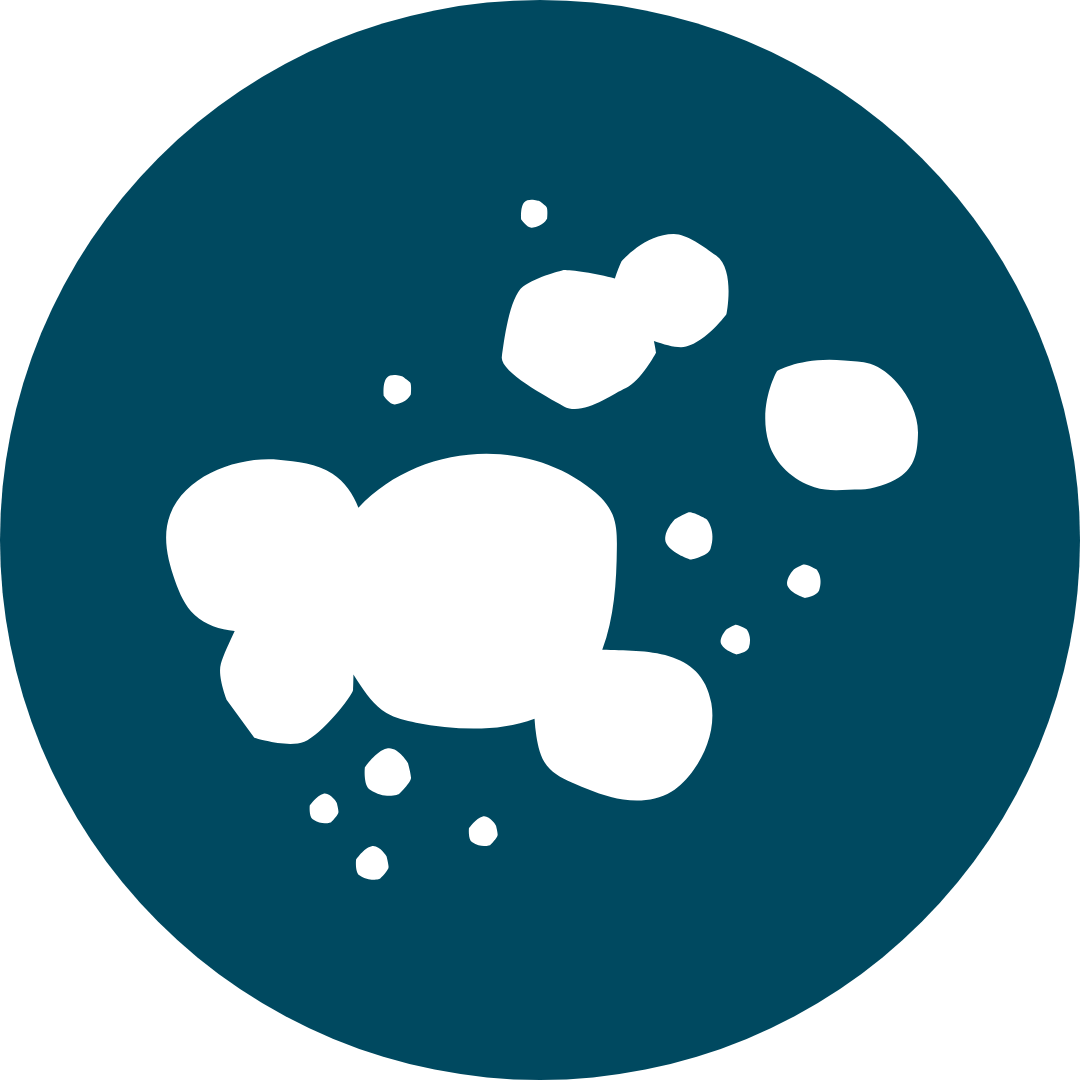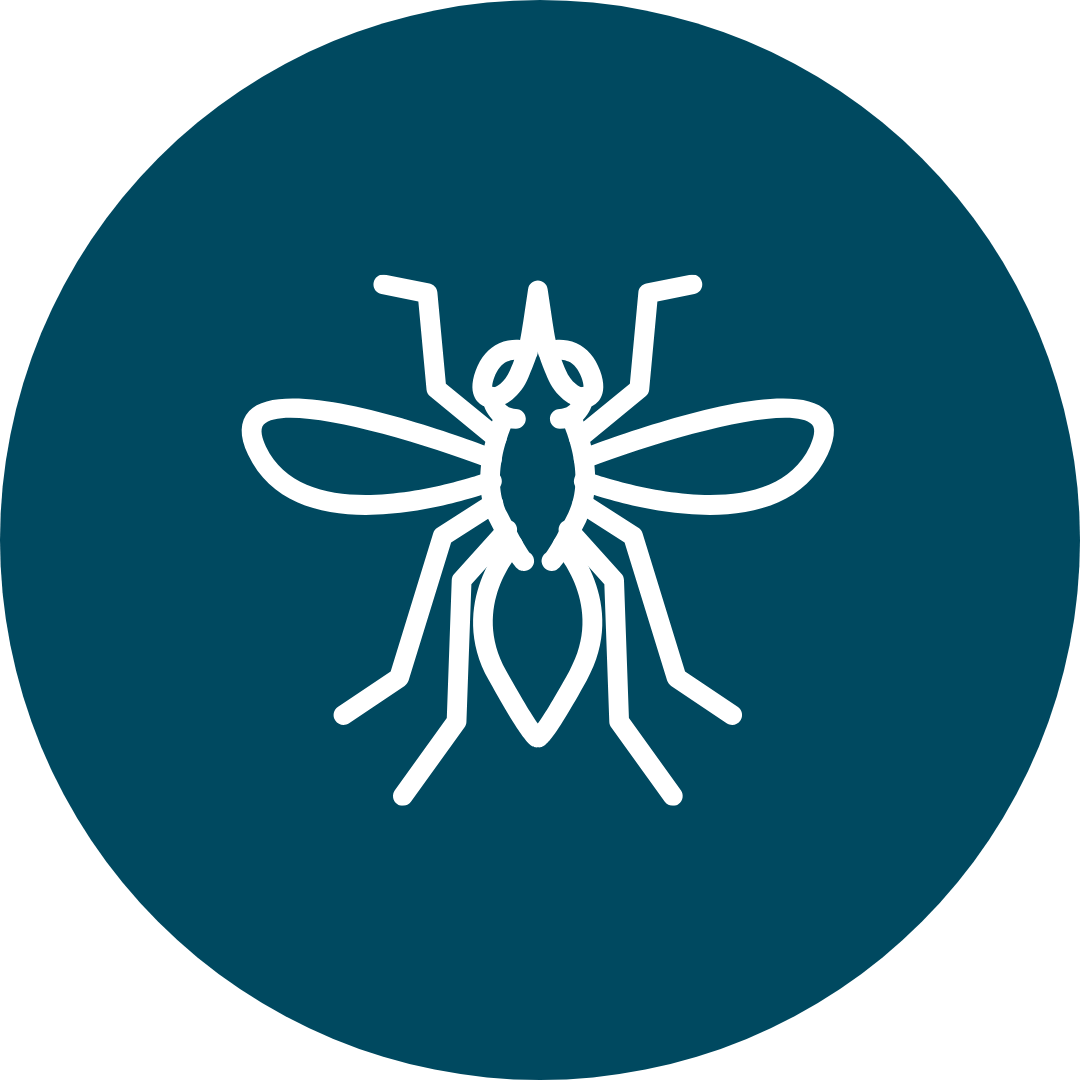
Nuestra visión:
Un condado de Kitsap seguro y saludable para todos.
Fluoruro en el agua potable
Paneles de datos

Creando un hogar saludable
La mayoría de nosotros pasamos más tiempo en casa que en cualquier otro lugar. Nuestros hogares pueden tener un gran impacto en nuestro bienestar físico y mental. Haga clic en los botones a continuación para descubrir diferentes maneras de mantener su hogar seguro y saludable.

Roedores y otras plagas
Efectos sobre la salud: Las plagas pueden transmitir enfermedades que pueden enfermar a los humanos, además de provocar reacciones alérgicas.
Consejos de prevención:
-
Mantenga limpias las áreas de estar y cocina. Es más probable que haya roedores en casas con migas, restos y derrames de comida en el piso y las encimeras.
-
Si ya hay ratas u otros roedores en su casa, asegúrese de que todos sus alimentos estén almacenados en recipientes a prueba de plagas.
-
Mantenga sellados los espacios bajo el suelo, las rejillas de ventilación, las grietas y los espacios debajo de las puertas.
-
Si tiene comederos para pájaros, guarde el alpiste en recipientes a prueba de roedores. Limpie cualquier alpiste que se haya derramado en el suelo.
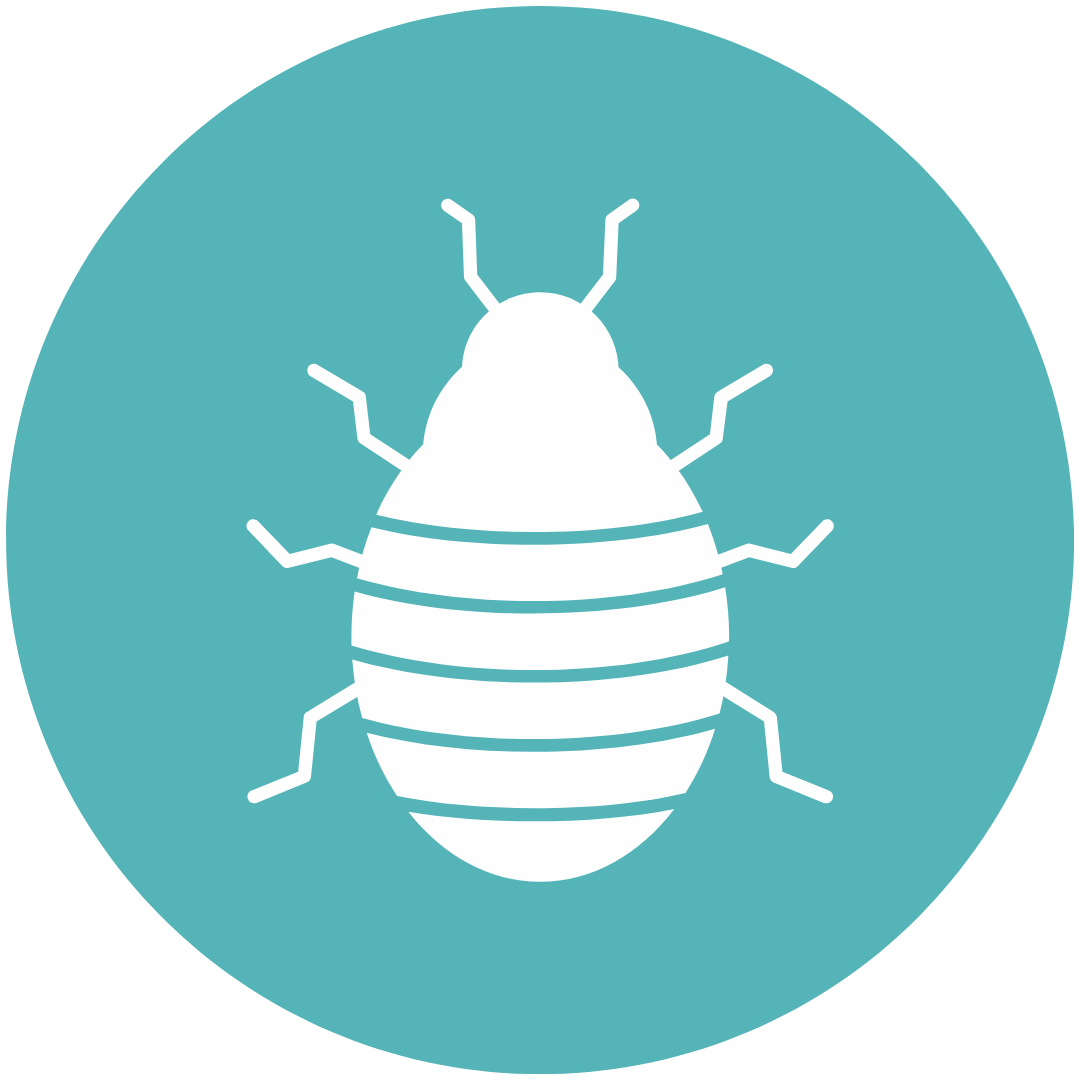
Chinches
Efectos sobre la salud: Las chinches en el hogar pueden causar reacciones alérgicas a las picaduras (como picazón). Las chinches son frustrantes y pueden causar estrés, pero no se sabe que transmitan enfermedades que afecten a los humanos.
Prevención:
-
Al viajar, revise las sábanas y los colchones para detectar chinches (manchas rojizas, heces y huevos). No se quede en una habitación si cree que hay chinches.
-
Inspeccione los muebles usados para detectar chinches antes de llevarlos a su casa.
-
Si hay chinches en su casa, seque toda la ropa y la ropa de cama en la secadora a alta potencia para eliminarlas. Aspire las alfombras y tapetes para atrapar cualquier chinche.
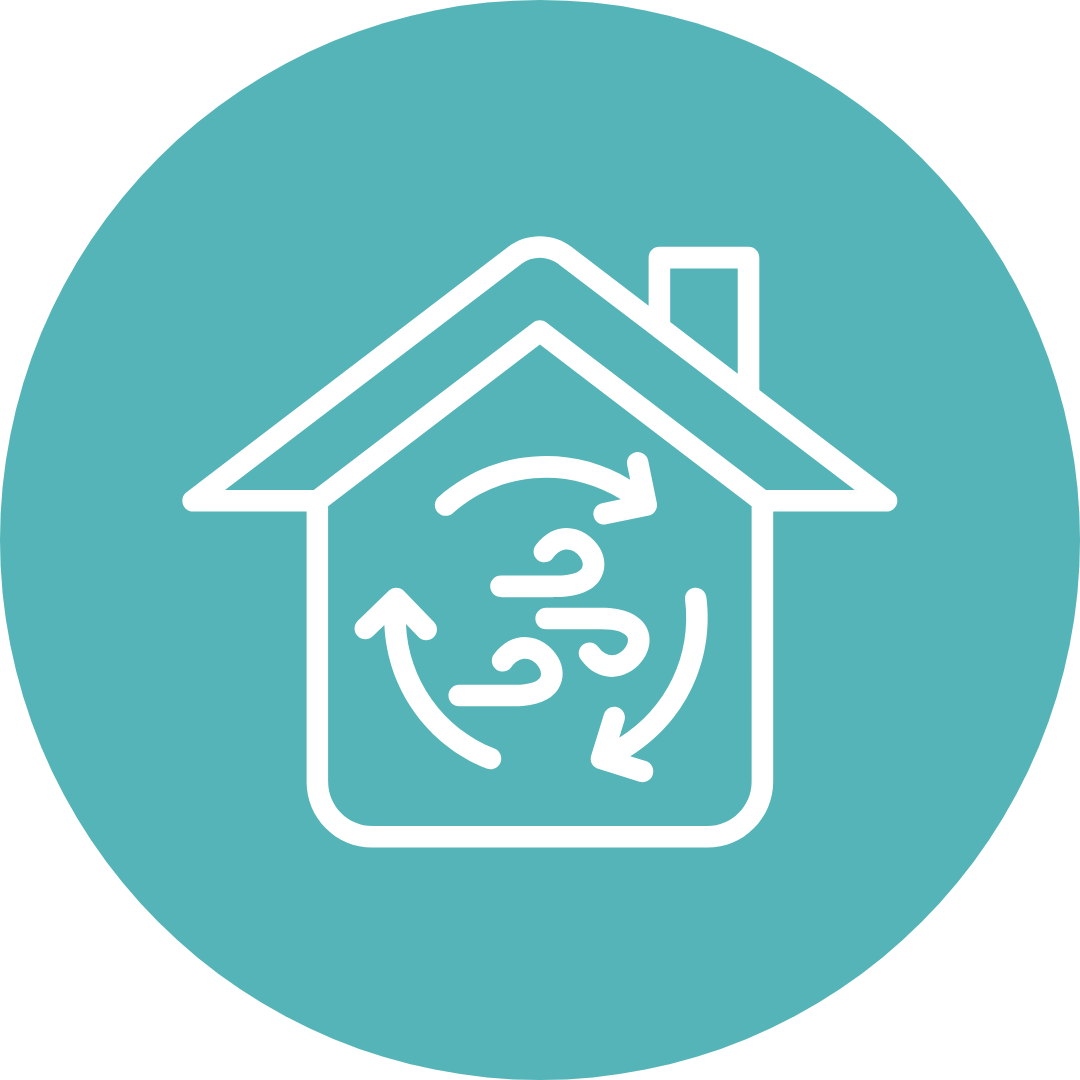
Calidad del aire interior
Efectos sobre la salud: La mala calidad del aire interior afecta a todos, especialmente a los niños, los adultos mayores y las personas con problemas de salud como asma o enfermedades cardíacas.
Prevención:
-
Mejore la circulación del aire abriendo las ventanas (cuando el clima lo permita) y encendiendo los ventiladores de techo.
-
Utilice filtros HEPA para filtrar el aire de mala calidad.
-
Elija productos de limpieza más suaves, menos tóxicos y sin perfume.
-
Evite almacenar productos químicos (pinturas, combustibles, etc.) en su casa, o almacénelos en la menor cantidad posible y en recipientes sellados.
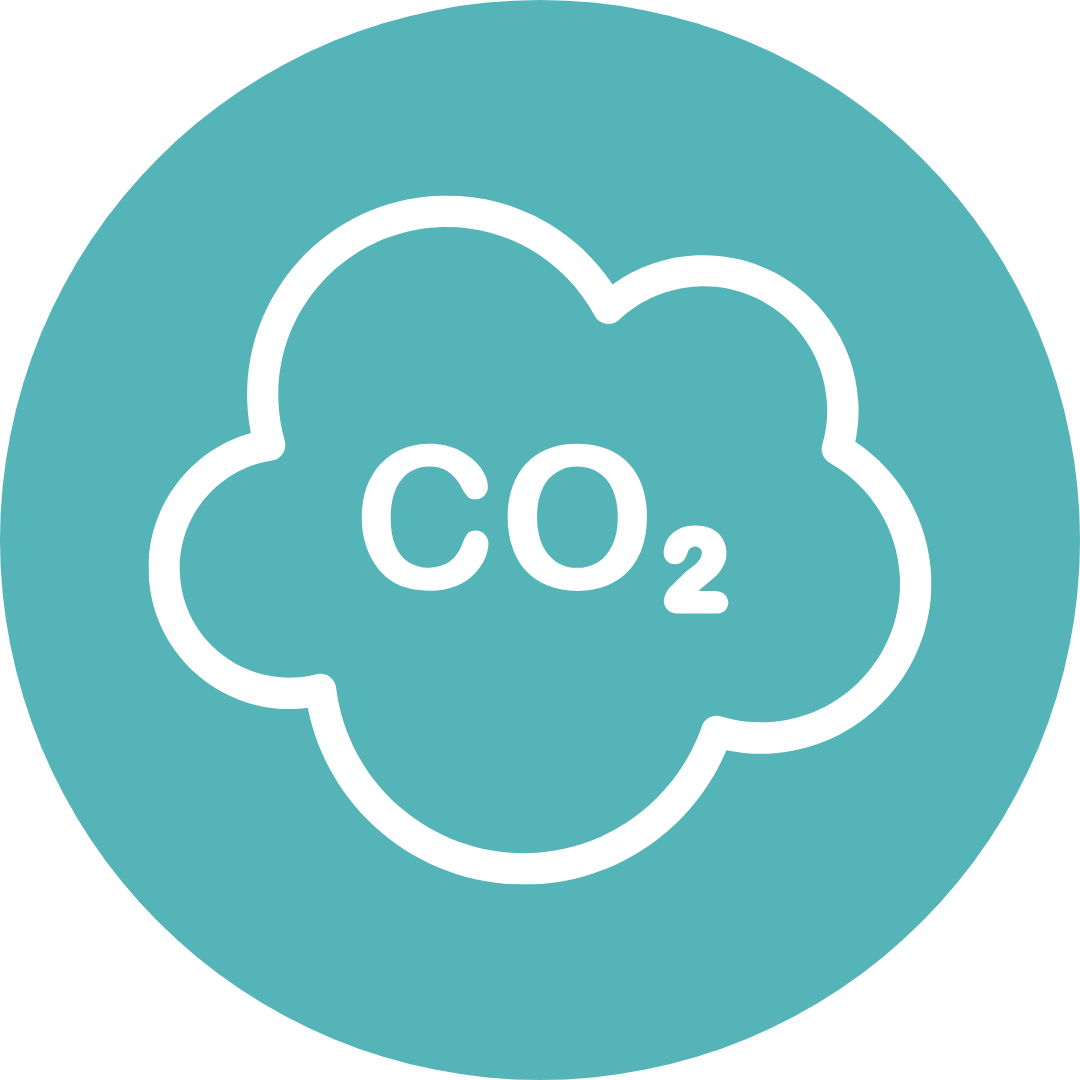
Humo y Monóxido de carbono
Efectos sobre la salud: El humo, el fuego y el monóxido de carbono pueden ser peligros mortales en el hogar.
Prevención:
-
Instale al menos un detector de humo en cada planta de su casa, así como en cada dormitorio. Instale al menos un detector de monóxido de carbono en cada planta de su casa.
-
Pruebe periódicamente los detectores de humo y monóxido de carbono para asegurarse de que funcionan correctamente.
-
Tenga extintores y sepa cómo usarlos.
-
Tenga un plan de escape.
-
Limpie periódicamente su chimenea/conducto de humos para evitar la acumulación de residuos inflamables.
-
No utilice barbacoas ni hornos de gas para calentar su casa.
¿Qué es el fluoruro?
El flúor es un mineral natural que protege los dientes de la caries. Casi toda el agua contiene algo de flúor natural, pero generalmente no lo suficiente como para prevenir la caries. Muchas comunidades ajustan la cantidad de flúor en el suministro de agua a un nivel que se sabe que reduce la caries y promueve una buena salud bucal.
¿Mi agua potable está fluorada?
Este mapa muestra todos los grandes sistemas públicos de agua potable (Grupo A) del condado de Kitsap que están fluorados. Si tiene preguntas sobre su agua, comuníquese con su sistema de agua para obtener información sobre su agua potable.
Recursos
Agua potable | Departamento de Salud de Washington
Fluoración | Centros para el Control y la Prevención de Enfermedades (CDC)
Fluoruro en el agua | Asociación Dental Americana
Agua fluorada | Instituto Nacional del Cáncer

